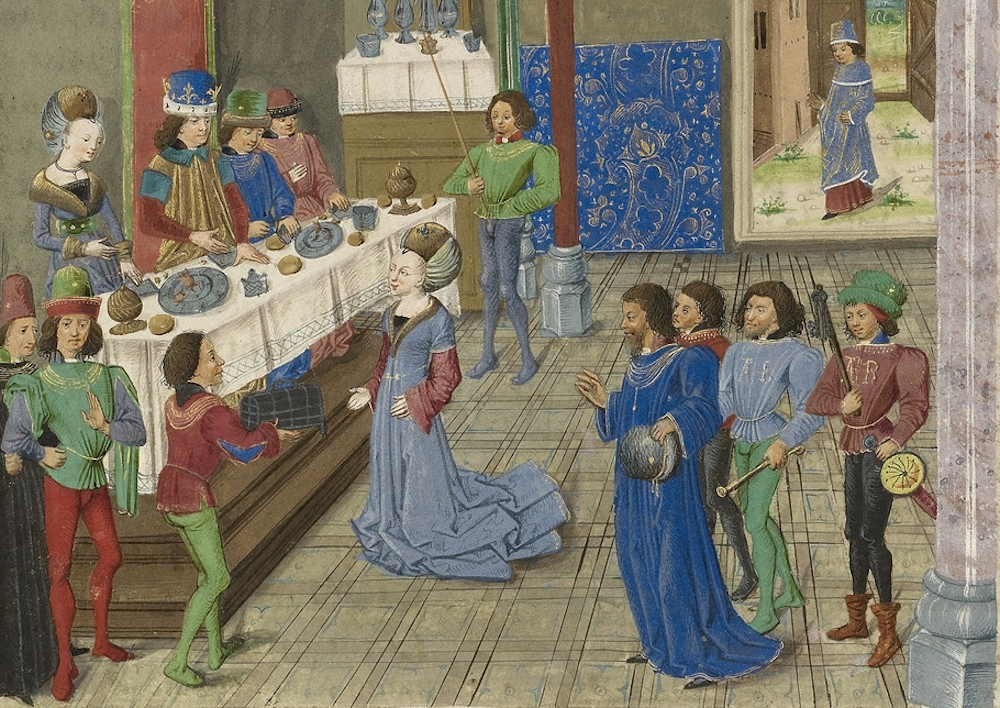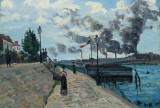Why Aren’t People Eating in Medieval Depictions of Feasts?
It’s an Expression of the Era’s Ambivalence Towards Food
When most people think of a medieval feast, they envision a room filled with boisterous guests and the lusty consumption of hunks of meat and goblets filled with wine. Feasts certainly performed a key social function in aristocratic households, and in the later Middle Ages and Renaissance, some of these feasts were quite splendid and impressive. Artists delighted in illustrating such scenes, often with a remarkably minute level of detail. They depicted each plate, glass, and utensil carefully arranged among dishes filled with bread, fish, meat, and pitchers of wine. …






